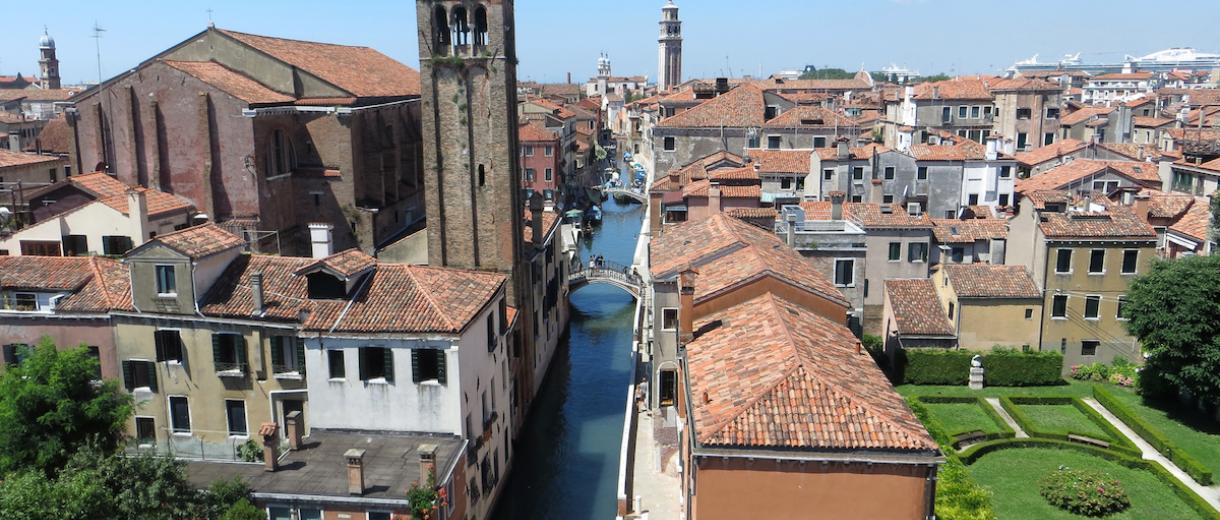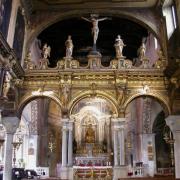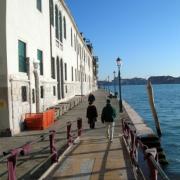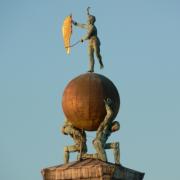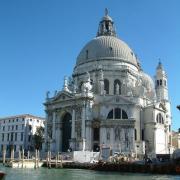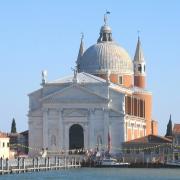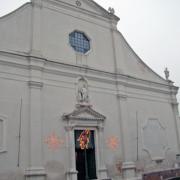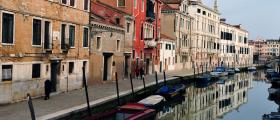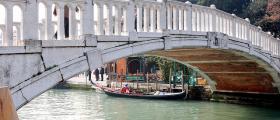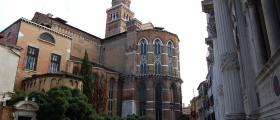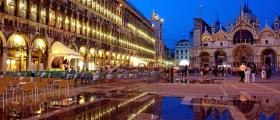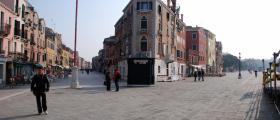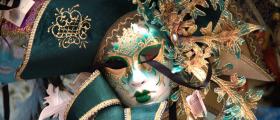Discover Dorsoduro
The Sestiere of Dorsoduro it’ s a liveliness, rich of history and quite populated part of the city, many are the ways to visit it and way more the ways to talk about it.
It confines to the north with the “ Sestiere di Santa Croce and San Polo, the Rio (canal) Ca’ Foscari and Rio Malcanton, to the east we find the Canal Grande, to the south the “ Canale della Giudecca” and the homonymous island, it’ is linked to san Mark’ s Square by the Accademia bridge.
The oldest church of the area , the Church of San Nicolò dei Mendicoli (orient side of the Sestiere). It’ s said that it is one of the oldest of Venice, the first building is dated VII century.
The origin of its name are unknown, it’is supposed it may come from the word Mendigola, the old name of the island where the church is built, or from the word “ mendici” because of the poor lifestyle of the inhabitants of the era.
In this area of the City had home the “ Nicolotti” one of the two workers party of the arsenal opposing the Castellani (inhabitants of Sestiere di Castello) between the two factions there was a strong rivalry ( it is said that this rivalry was instigate by the Venetian government to keep people well trained and ready to fight) several times a year the two faction had fights on the “ Ponti dei Pugni ” (bridges of punch) a sort of boxing ring without the balustrade were the strongest men had a naked hand fight, it was common that one of the two or even both fell into water.
One of the most famous Ponte dei Pugni can be found in Campo San Barnaba, it can be easily recognized by the white marble shoe imprint on each of the four corner.
Close to the Church of San Nicolò is the Church of Anzolo Rafael (Archangel Rafael, a very rare case of church dedicated to an Archangel) and the Church of San Sebastian, this last one is dated 1506, a project of Antonio Abbondi ended in 1548 and consecrated in 1562. a multitude of decoration by Paolo Caliari aka Paolo Veronese enriched the inner side of the church, the altar, the doors of the organ panels and the presbiterium.
Paolo Veronese was buried by the organ as his wish.
An interesting area is the one surrounding “Campo Santa Margherita” , not only for the architectural, but for the life in and outside the square.
Right after crossing the Campo Santa Margherita you get around the Accademia, known not only for the wooden bridge spanning across the Canal Grande but for the quite important museums and art gallery, worth to be mentioned Ca’ Rezzonico, Accademia Gallery, Peggy Guggenheim Museum and “ Punta della Dogana ” so called because it was the custom point of the Serenissima republic. From there a great view of st. Marks Basin, the Square (of Saint Mark), the Island of Giudecca and San Giorgio.
Walking around the “ Punta della Dogana “ you find yourself facing the Giudecca Canal on the Zattere pier, this part of the city is exposed to the south and it is sunny, warm and calm, often utilized by tourist and resident for jogging or serious running, it’ s here along that passes the Venice Marathon racers.
Around halfway, slightly on the inner side and facing the “ Rio di San Trovaso ” there it is anoter jewel, the “ Squero di San Trovaso ” the architectural style of this building resembling the typical farmer houses on the Veneto dolomites, its mainly wooden and it is a gondola shipyard.
The “ isle of Giudecca “ is part of the “ Sestiere di Dorsoduro”. Since ever is rich of gardens and kitchen gardens, lately become a residential quarter quite sough after, despite to the fact that was a place were the Serenissima governors confined Jewish way before the building of the Getto, it was and sometimes still is called by old Venetian “ the isle of Seals”.
Worth to be mentioned the Church of Redentore and the homonymous “ Feast of Redentore ” held yearly in July.

